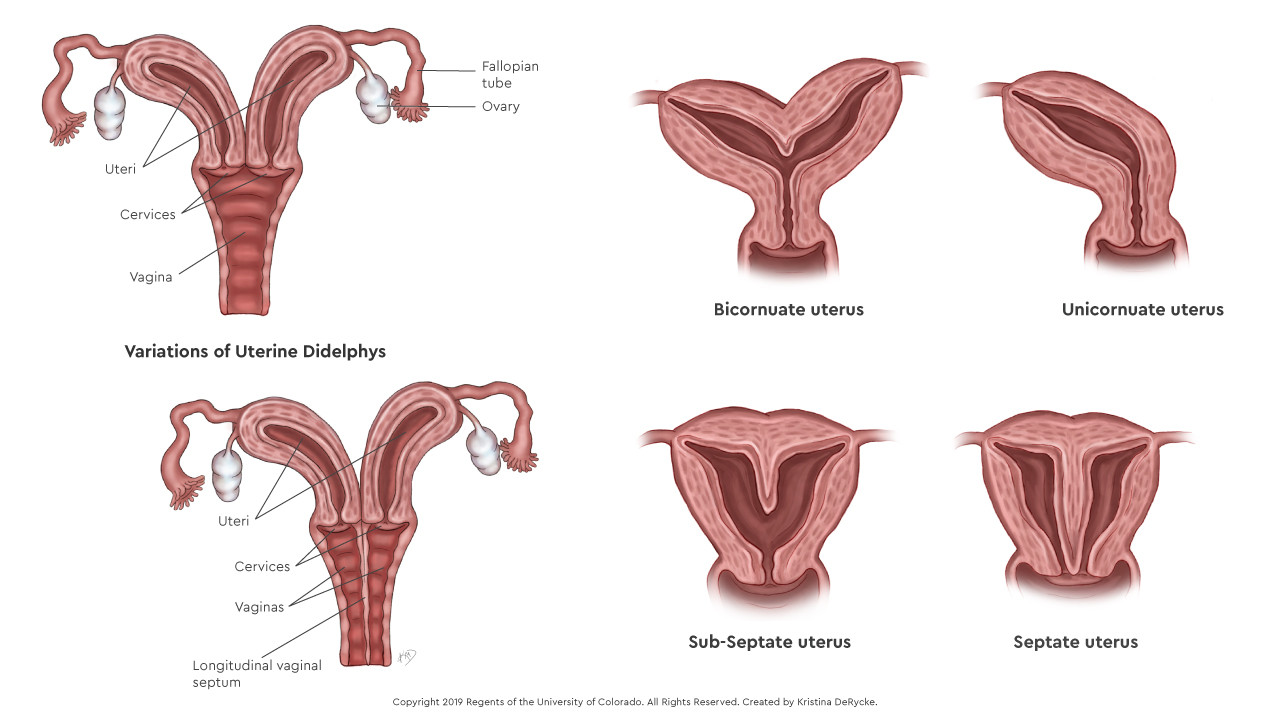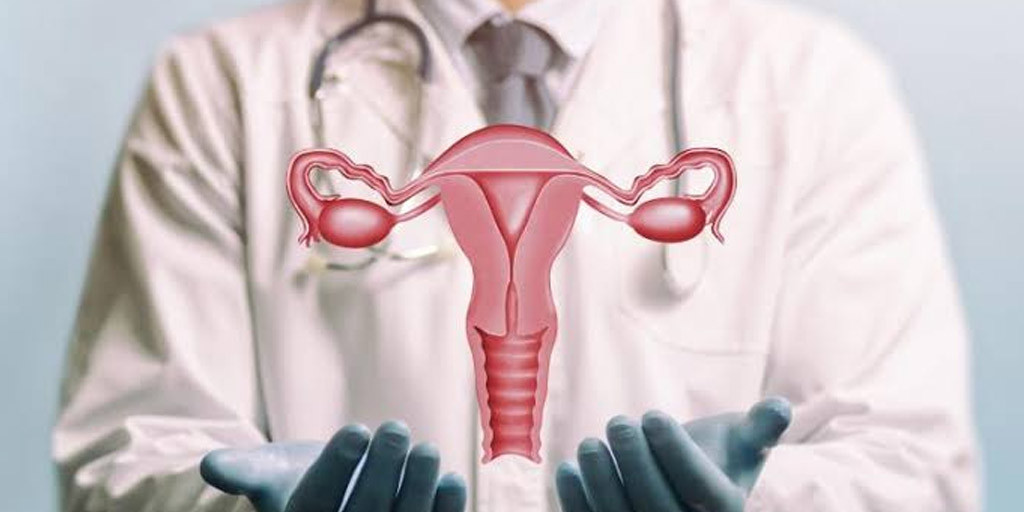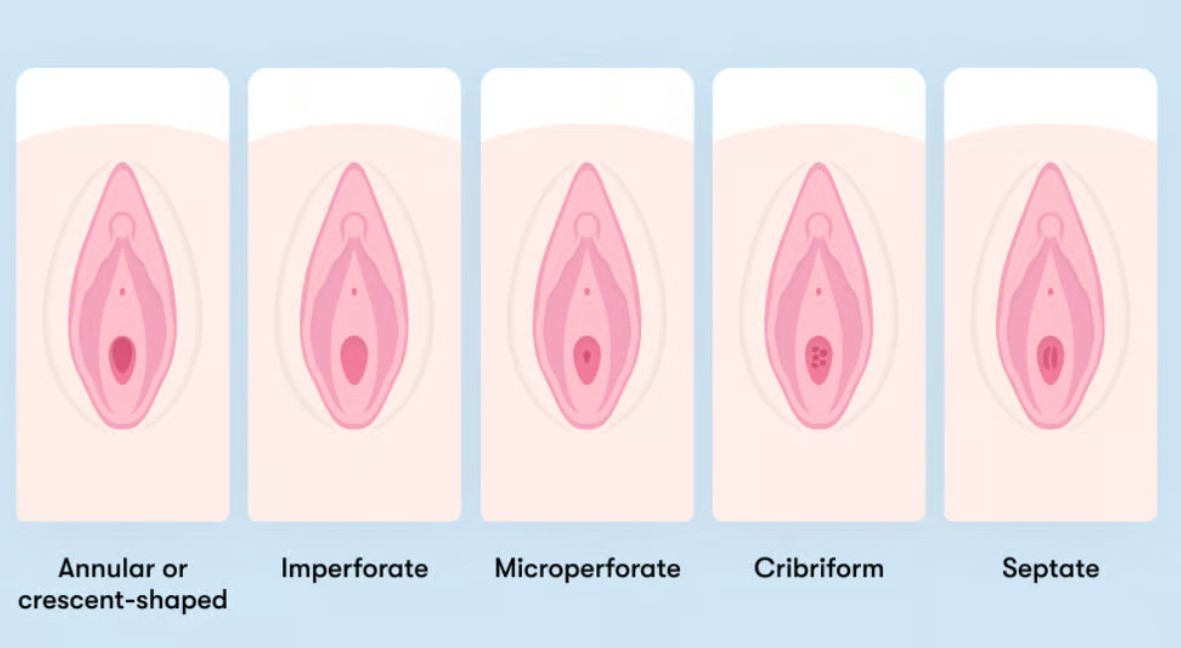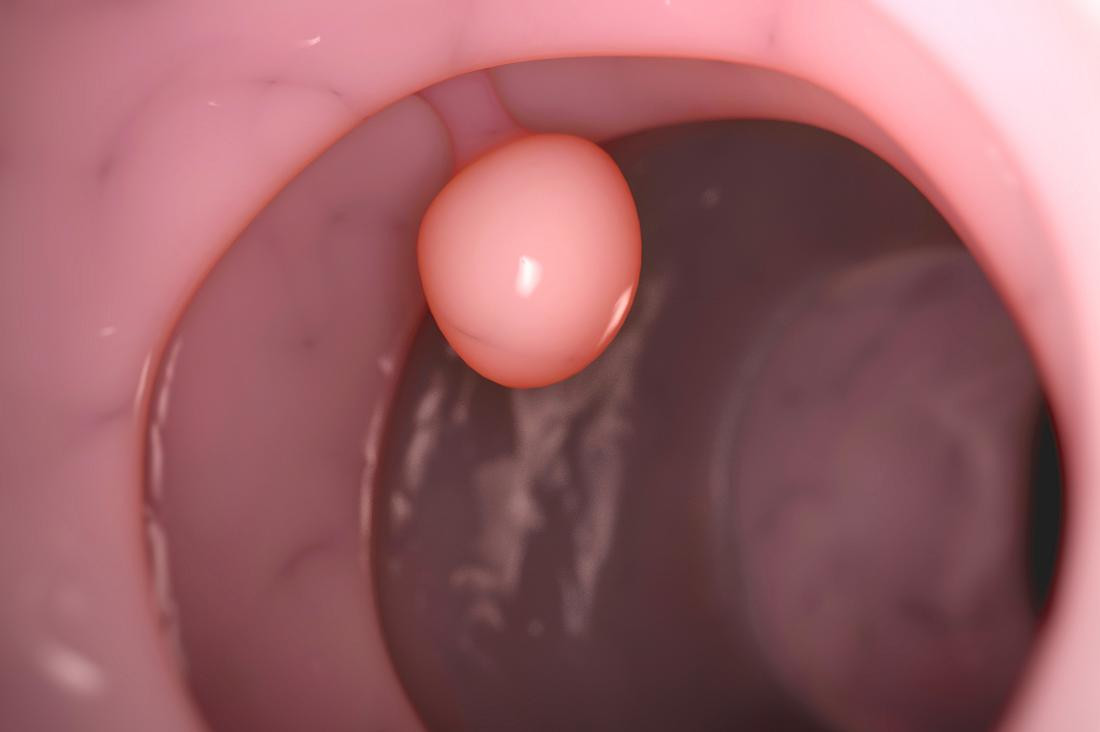Definition
Congenital malformations of the female reproductive organs are congenital abnormalities of the female reproductive organs that occur due to impaired fetal development during pregnancy. This condition can occur in the vagina, cervix, uterus and tubes between the ovaries and the uterus (fallopian tubes).
Some abnormalities can be identified at birth, but in some cases, such as abnormalities in the uterus, symptoms are only felt when women reach reproductive age. Congenital abnormalities generally occur in several organs. Apart from the reproductive organs, other congenital abnormalities can also be found in the kidneys, spine, arms, or legs at the same time.
The number of cases of these disorders is not known with certainty. However, various studies have found that this condition occurs in around 3-5% of the population.
Congenital Abnormalities of the Uterus
- Uterine Agenesis
The uterus does not form at all, so no uterine structures are found above the vagina.
- Uterine Septate
The shape of the outside of the uterus is normal, but there is a partition inside the uterus called the septum. If the septum divides the uterus as a whole, the condition is called septate uterus; if it only divides partially, it is called a sub-septate uterus.
- Bicornuate Uterus
The outer shape of the uterus is abnormal, with a large indentation at the top of the uterus (fundus). The space at the top of the uterus is divided into two, making the inside of the uterus also divided.
- Unicornuate Uterus
Normally, the uterus that forms will be connected to two ovaries. However, in this condition, the uterus is only partially formed, so the uterus is only connected to one ovary.
- Double Uterus
Duplication of all parts of the uterus and cervix results in two uteruses and two cervixes. In this condition, two tubes are still connecting the ovaries to the uterus and fallopian tubes.
Congenital Abnormalities of the Vagina
- Vaginal Agenesis/Atresia
The vagina does not develop completely, so the vaginal canal may be shorter, only partially present, or there may be no vagina at all. This can occur along with abnormalities in the uterus.
- Transverse Vaginal Septum
There is a wall that covers the vaginal cavity. If this wall does not have a hole, menstrual blood cannot flow out and will collect at the top of the vagina.
- Longitudinal Vaginal Septum
There is tissue that separates the vaginal opening into two. Menstrual blood can come out, but the patient can experience difficulty in sexual intercourse.
Congenital Abnormalities of the Hymen
Abnormalities can also occur in the hymen or hymen. The hymen is a thin membrane around the vaginal opening. The following are congenital abnormalities that can occur in the hymen:
- Imperforate Hymen
The condition of the hymen, which has no holes, so that the vaginal opening is completely closed.
- Septate Hymen
There is a partition in the center of the hymen opening.
- Microperforate Hymen
The condition of the hymen hole is very small.
Causes
The cause of congenital abnormalities of the female reproductive organs is not known with certainty. This condition is thought to be caused by many factors. This means that apart from abnormalities in certain genes, there may also be external influences during pregnancy that cause these congenital abnormalities to appear. This shows that this congenital disorder can be inherited, even though there are other factors that influence it. Examples of things that could be external factors are the cancer drugs thalidomide and diethylstilbestrol, which are very rarely used.
The reproductive organs develop from the Müllerian duct at 6 weeks of gestation. Normally, some tissue in the Müllerian duct will move upwards to form the uterus and fallopian tubes, and the remaining tissue moves downwards to form the upper two-thirds of the vagina. Disorders that occur during this development process will cause deformities in the uterus, cervix, fallopian tubes or vagina.
Please note that the ovaries and the lower third of the vagina do not develop from the Müllerian ducts. Patients with Müllerian duct abnormalities generally have normal functioning ovaries. This means that infertility that can occur can be cured through surgery to repair the abnormal structure of the reproductive organs.
Risk Factor
This congenital abnormality can occur in any female baby. No specific risk factors are known to cause it.
Symptoms
Symptoms vary according to the severity of the disease. Complaints usually arise if the abnormalities are significant enough to disrupt normal reproductive function. Below are the symptoms that may appear based on the organ experiencing abnormalities.
Hymen Abnormalities
Meanwhile, in the condition of imperforate hymen, no holes are found in the hymen. If left untreated, this can cause problems when the patient experiences menstruation for the first time at the age of 14-16 years. Symptoms that arise can include lower abdominal pain, missed menstruation, and urinary problems.
Vaginal Abnormalities
The symptoms that arise depend on the part of the vagina that is experiencing abnormalities. In narrow vaginal canal disorders, the symptoms felt can include pain during sexual intercourse. The absence of a vaginal canal or a partition in the vaginal cavity can cause symptoms such as abdominal pain, absence of menstruation, and vaginal enlargement.
Uterine Abnormalities
Complaints generally arise when patients reach reproductive age. Patients may experience pain and heavier bleeding during menstruation. If the disorder is significant, the patient may not experience menstruation (amenorrhea). Abnormalities in the uterus generally cause pregnancy disorders, such as recurrent miscarriages, ectopic pregnancies, preterm labor, prolongation of the duration of labor, and in severe cases, infertility.
Diagnosis
Congenital abnormalities of the vagina can actually be diagnosed in newborn girls through physical examination. However, in some cases, the abnormalities that occur are not detected from the start, and new complaints appear when the patient reaches adolescence. Abnormalities in the uterus are generally discovered when the patient enters reproductive age or undergoes pregnancy.
To diagnose this condition, the doctor will conduct a medical interview and a series of examinations. The doctor will ask about your menstrual history and any problems you experience during your period. A physical examination of the external and internal genitals using a tool called a speculum may be carried out to identify abnormalities that may exist in the vagina or cervix. Other physical examinations, such as abdominal palpation, can also be carried out.
A radiological examination is needed to diagnose abnormalities in the uterus. 3D ultrasound examination can usually diagnose most cases. Ultrasound is performed with the help of sound waves to take images of organs. Then, a magnetic resonance imaging (MRI) examination can also be done to help with the diagnosis. MRI uses a magnet to take images of the body's organs and structures
Management
The treatment depends on the abnormality's location and the disease's severity. Generally, it includes surgical procedures and organ reconstruction.
Hymen Abnormalities
In cases of hymen abnormalities, a hymenectomy procedure can be performed. This procedure is carried out by making an incision and removing the part of the hymen that covers the vaginal opening.
Vaginal Abnormalities
If what happens is vaginal agenesis, surgical and non-surgical procedures can be performed. The surgical procedure is in the form of vaginal reconstruction (vaginoplasty), while the non-surgical procedure is carried out using a vaginal dilator, which is inserted repeatedly over a certain period to enlarge the vaginal cavity.
Uterine Abnormalities
In congenital uterine abnormalities, therapy is adjusted to the type of abnormality that occurs. Surgery is performed on uterine abnormalities that are obstructive or obstructive. If the abnormality that occurs is a septate uterus, surgery can be performed to remove the septum that is blocking the uterine cavity.
In a bicornuate uterus, unicornuate uterus, or double uterus, the existing abnormalities cannot be corrected because surgery can permanently damage the uterine muscles. For these conditions, patients are generally closely observed during pregnancy, because of the risks that can occur, such as miscarriage or premature labor.
Complications
Serious complications that can occur due to congenital abnormalities in the uterus are miscarriage and infertility. 15-20% of cases of recurrent miscarriage are caused by abnormalities in the uterus.
Prevention
Serious complications that can occur due to congenital abnormalities in the uterus are miscarriage and infertility. 15-20% of cases of recurrent miscarriage are caused by abnormalities in the uterus.
When to See a Doctor?
Immediately go to the doctor if you experience symptoms such as the first period that does not come, a lot of menstrual bleeding, and pain during menstruation or pregnancy disorders such as infertility and repeated miscarriage.
Looking for more information about other diseases? Click here!
- dr. Alvidiani Agustina Damanik
Konar, H. (2020). DC Dutta's Textbook of Gynecology (pp. 32-38). [S.l.]: Jaypee Brothers Medical P.
Children’s Hospital Colorado. (2022). Diagnosing and Treating Müllerian Anomalies. Retrieved 15 October 2022, from https://www.childrenscolorado.org/conditions-and-advice/conditions-and-symptoms/conditions/mullerian-anomalies/#:~:text=During%20typical%20fetal%20development%2C%20two,to%20as%20a%20M%C3%BCllerian%20anomaly.
Medscape. (2022). Mullerian Duct Anomalies: Overview, Incidence and Prevalence, Embryology. Retrieved 15 October 2022, from https://emedicine.medscape.com/article/273534-overview#a4.
Children's Hospital Colorado. (2022). Vaginal Anomalies. Retrieved 15 October 2022, from https://www.nationwidechildrens.org/conditions/vaginal-anomalies#:~:text=What%20Are%20Vaginal%20Anomalies%3F,the%20neck%20of%20the%20uterus.











